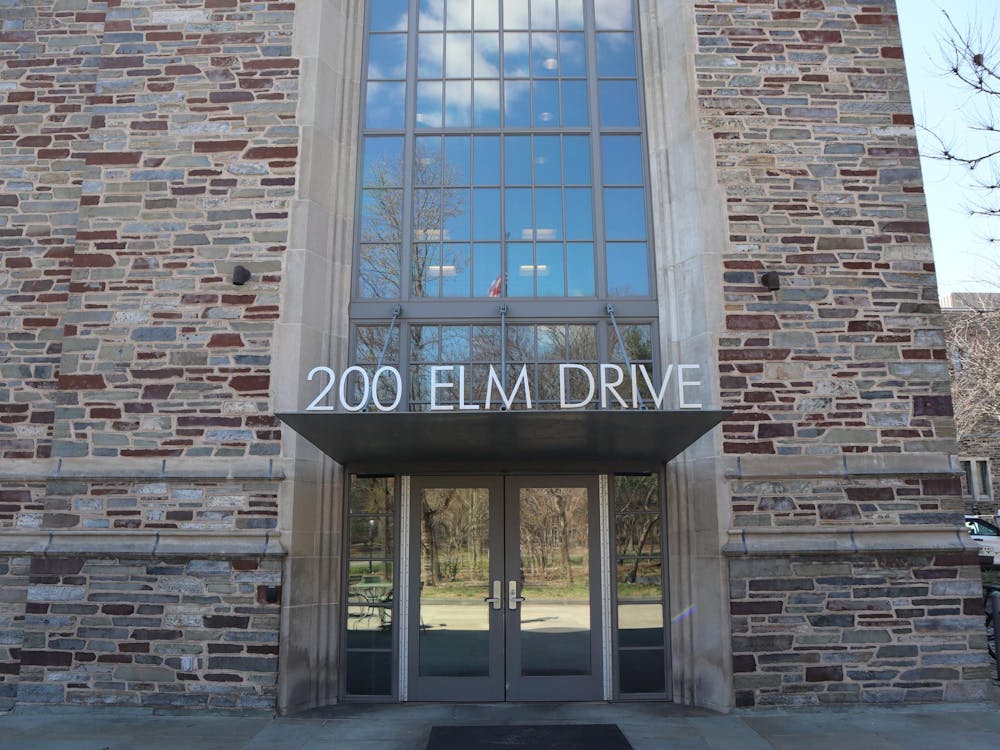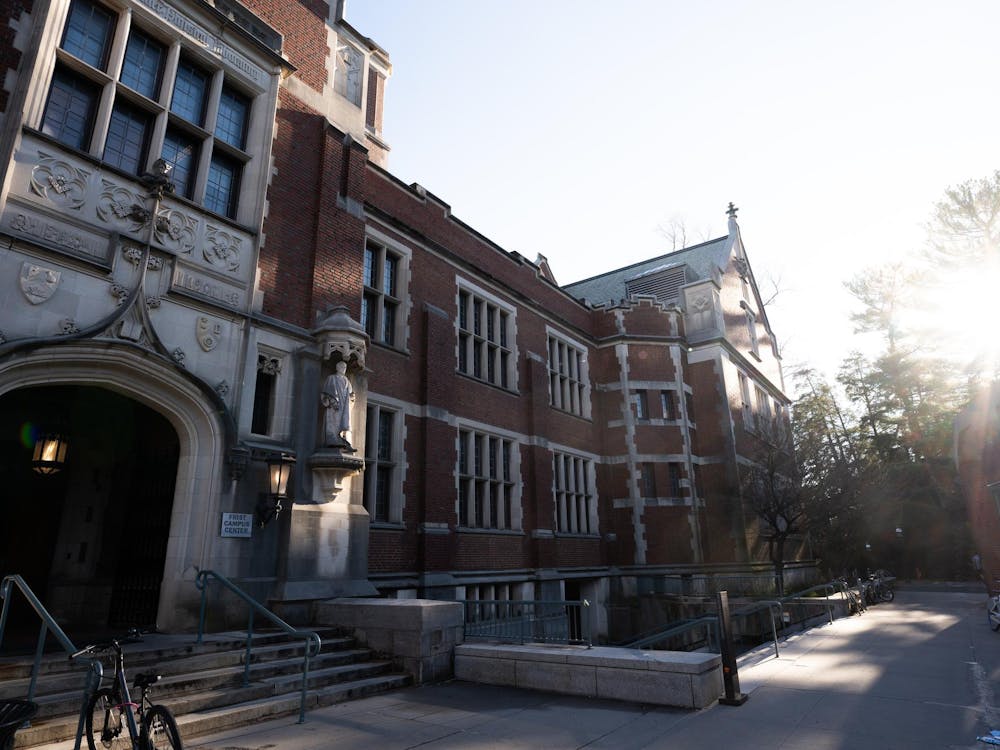The University admitted 767 single-choice early applicants to the Class of 2019. Of the 3,850 applicants, 19.9 percent were accepted.
The University saw a lower acceptance rate of 18.5 percent last year, then offering admission to 714 of 3,854 applicants for the Class of 2018. The acceptance rate for early action was 18.3 percent for the Class of 2017 and 21.1 percent for the Class of 2016.
“We admitted a slightly larger group,” Dean of Admission Janet Rapelye said. “The academic quality was outstanding, and their achievements and personal qualities were also excellent, and it made the decisions that much harder than they’ve been in past years.”
Despite the large number of students admitted early, Rapelye said the goal for the Class of 2019 is still 1,308 students.
This year, 41 percent of accepted students were from diverse racial and ethnic backgrounds: Seven percent identify as black or African-American, 11 percent as Hispanic, 20 percent as Asian-American and three percent as multiracial.
In addition, 11 percent of the accepted pool are international students, greater than the eight percent of international students admitted early to the Class of 2018.
“We do have more international students than in past early action pools,” Rapelye said, adding that the number of international applicants was approximately the same last year.“I don’t have any theories as to why this is the case. It was just an extremely strong pool.”
As to those who were not accepted, 165 students, or over four percent of total applicants, were rejected in the early round and 2,918, or 75.8 percent, were deferred.
“A smaller number were rejected last year because of the problems with the Common Application,” Rapelye said, notingthat a higher number of applicants were rejected this year and that fewer were deferred.“If we know students are going to have good college counseling and their apps won’t be competitive in the spring, we want to give them the opportunity to apply to other schools.”
Admitted students represent 33 countries, 45 states, the District of Columbia and Puerto Rico. The states missing from the list are Nebraska, South Dakota, Alaska, Mississippi and Arkansas. Last year’s accepted early-action applicants represented 32 countries and 44 states plus the District of Columbia.
“It’s not at all unusual to only have some of the states in early round,” Rapelye said.

Forty-seven percent of the admitted students are female, and 53 percent are male.Sixty percent of students come from public schools, and 10 percent will be the first in their families to attend college. Fifteen percent are legacy students, meaning they are sons or daughters of Princeton alumni.
These statistics are nearly identical to the breakdown by gender and background from last year, when 48 percent of students in the early-action round were female, 55 percent came from public schools, nine percent were the first in their families to attend college and 15 percent were legacy students.
Additionally, 21 percent of admitted students indicated they intend to study engineering, which was true of 22 percent of the pool last year.
Statistics on the income level of accepted applicants and the number who will be offered financial aid are not yet known, but Rapelye said that having students from as broad of a socioeconomic range as possible is incredibly important to the University.
Decisions went live online at 3 p.m. EST on Monday, and acceptance letters were also mailed out to applicants on the same day.
Students may wait until the spring to notify the University as to whether they will be joining the Class of 2019. For students applying in the regular decision round, applications are due on Jan. 1, and their decisions will be released in late March.








